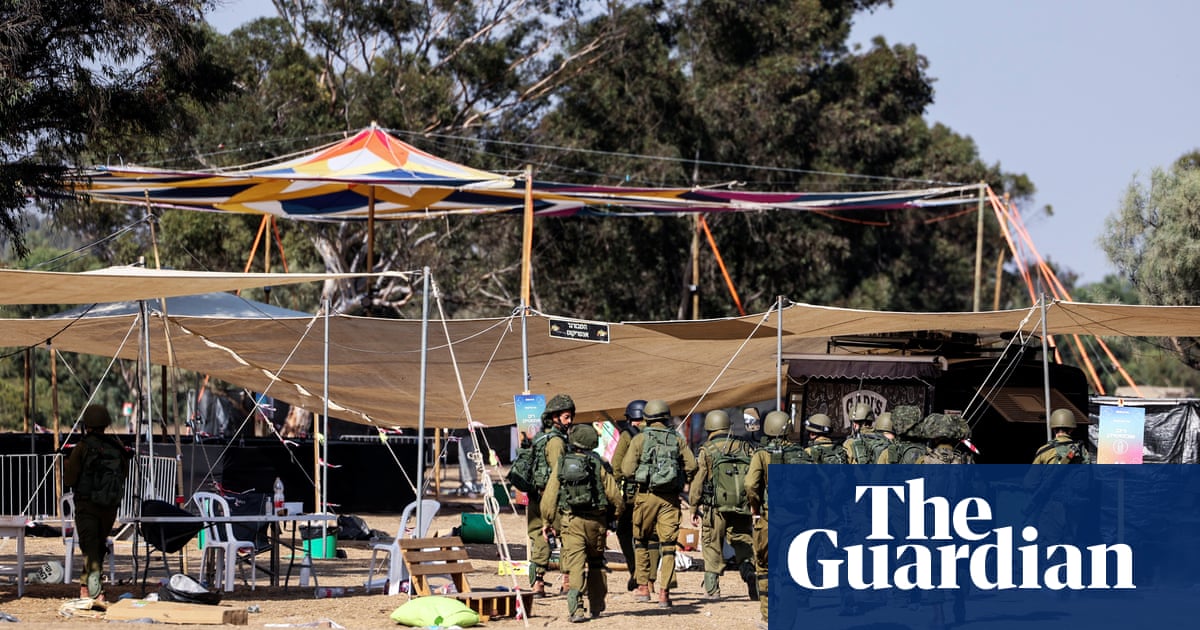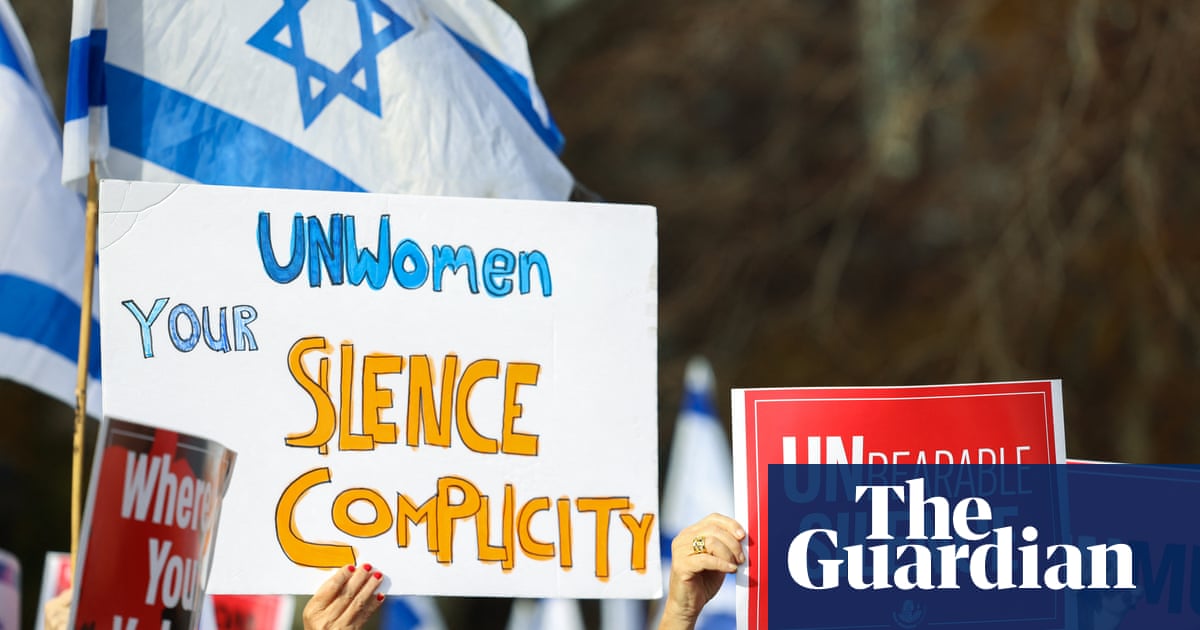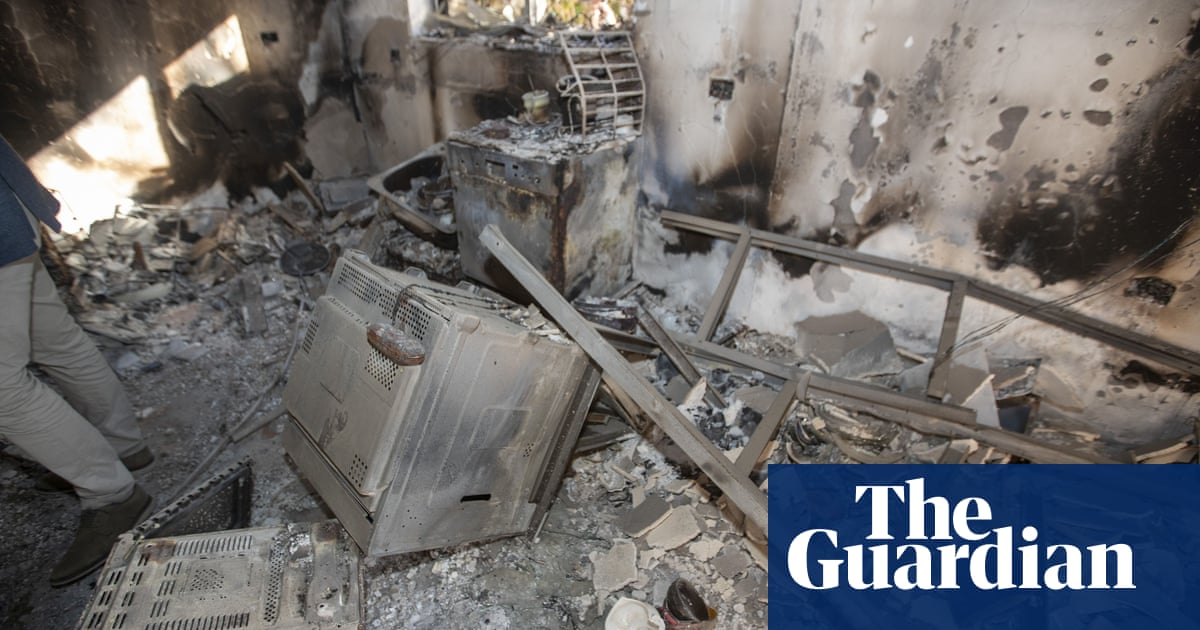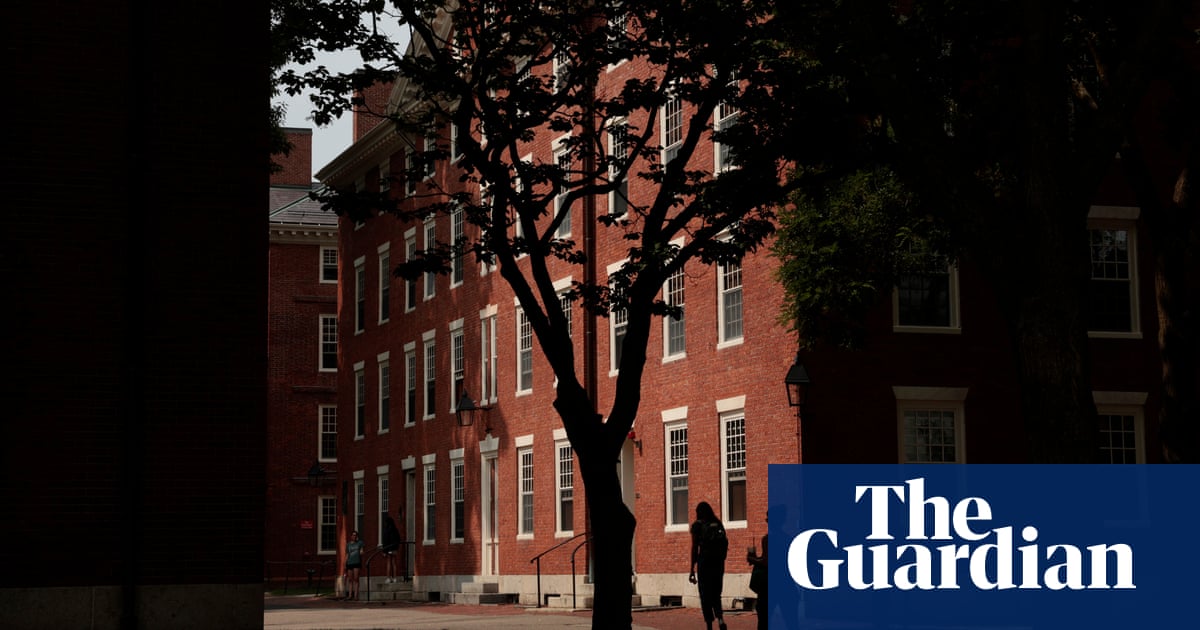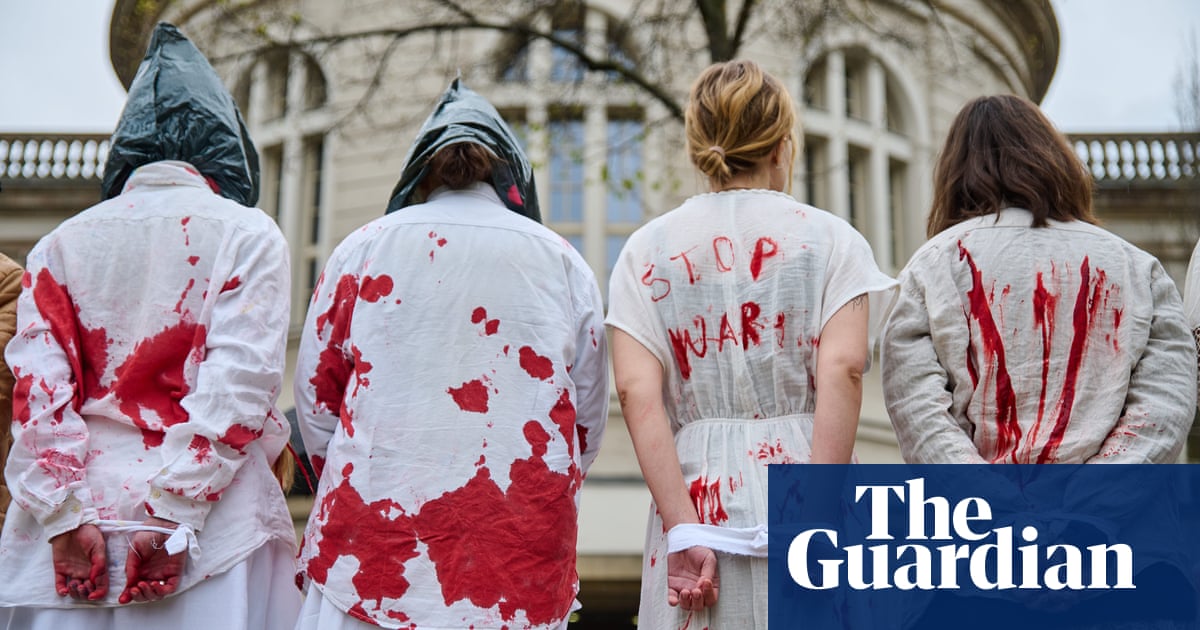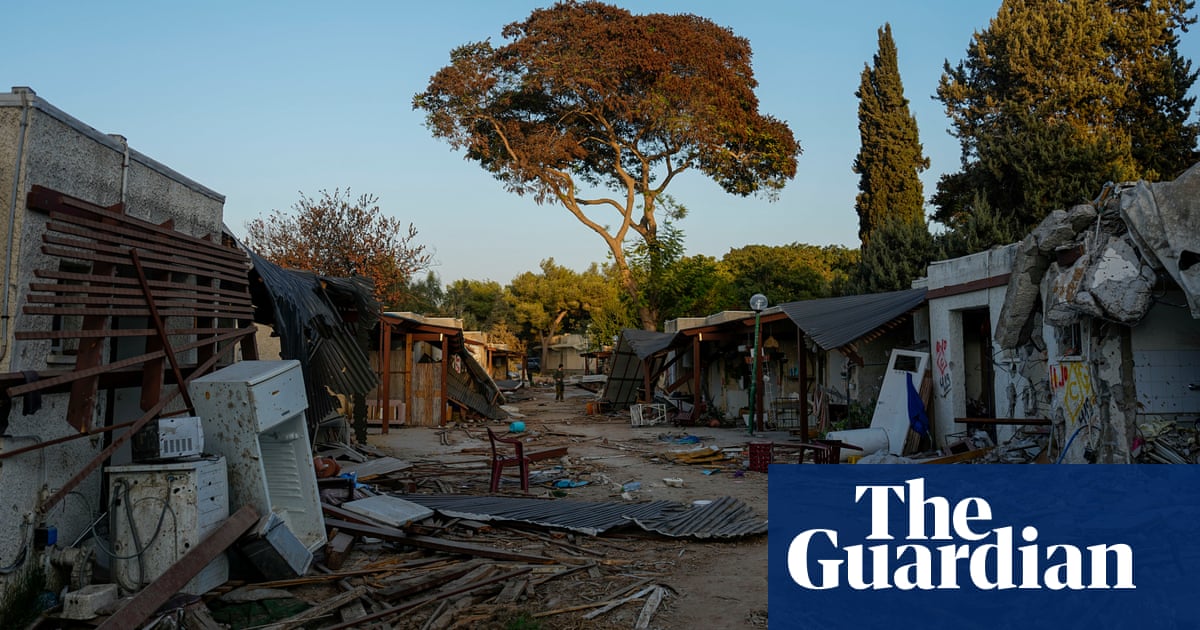
Women’s rights groups in Israel have warned of significant failings in preserving forensic evidence that could have shone a light on the scale of sexual violence committed against women and girls in last month’s Hamas attacks.
Several incidents of sexual assault and rape from 7 October have been documented by Hamas body camera footage, CCTV, material uploaded to social media, and photographs and videos taken by civilians and first responders, according to several people involved in analysing the footage. Survivor and witness testimonies, many from the Supernova rave, describe seeing women being raped before they were shot.
Many of the atrocities committed by Hamas, as well as what are believed to be civilians or criminal gangs from Gaza who also took advantage of the chaos, have been included by the Israel Defence Forces (IDF) in a 40-minute reel of war crimes, screened to journalists and politicians. However, the most distressing material has not been released, on the grounds that it is too difficult to watch, and to preserve the victims’ dignity.
A major worry for Israeli women’s rights groups is that it also appears that very little, if any, investigative work was done to document sexual violence before bodies were returned to their families for funerals, meaning that the gender-based nature of some of the violence has largely gone under the radar in Israeli and international media.
Tal Hochman, a government relations officer at the Israel Women’s Network, said: “Most of the women who were raped were then killed, and we will never understand the full picture, because either bodies were burned too badly or the victims were buried and the forensic evidence buried too. No samples were taken.
“Women are not believed when they report sexual violence even in normal times, and now that chance for justice and dignity has been lost. There are some survivors we are working with or are being treated privately. We also have no idea about what is happening to women currently being held by Hamas in Gaza.”
A report published by the Israeli newspaper Yedioth Ahronoth suggested that much evidence from the scenes of the attacks that hit more than 20 different locations across southern Israel had not been properly photographed, preserved or forensically examined before bodies were buried, partly because the investigations were carried out by four different organisations without coordination. It also alleged that people were allowed to return to the sites too early, potentially damaging evidence.
The lack of a synchronised collection system could mean that a full accounting of the violence would never be reached, and could hinder attempts at justice in international legal forums, the paper said, referencing by way of comparison the painstaking work undertaken by the Ukrainian prosecutor general’s office in documenting Russian war crimes.
In a response to Yedioth Ahronoth’s article, Israel’s ministry of justice said: “The allegations of negligence on the part of the state are irresponsible and have no basis.” It added that “since 7 October, intensive investigative and legal activity has been carried out, with an overall view of the entire terrorist attack, in all its aspects,” in cooperation with the police, Israel’s internal security service and the IDF, under the supervision of the state attorney’s office.
A volunteer who gave her name as Sherry, speaking to journalists at the Shura base, where Israel has been identifying bodies, said: “We have seen women who have been raped, from the age of children through to the elderly.”
A first responder, Simcha Dizengoff, said that in Kfar Aza, a kibbutz, his team found a woman who was naked from the waist down who had been bent over a bed and then shot in the back of the head, with a live grenade put in her hand. In Be’eri, a kibbutz where about 100 people were killed, an Israeli special forces sergeant described finding the body of a teenage girl lying naked and face down on her bed with evidence of sexual violence, who had also been shot in the head.
Lt Tamar Bar Shimon, who survived the attack at the Erez military base attached to the Gaza Strip’s only civilian crossing into Israel, has testified that a Hamas man tried to take her clothes off, another stopped him, and they left the room in which she was hiding.
Rape and sexual assault are considered war crimes and a breach of international humanitarian law. Israeli intelligence officials, experts and sources with direct knowledge of interrogation reports of captured Hamas fighters think units that attacked were given a text drawing on a controversial and contested interpretation of traditional Islamic military jurisprudence, claiming that captives are “the spoils of war”. This potentially legitimised the capture of civilians and other abuses by Hamas, without being an explicit instruction to do so.
These units were supposedly the ones detailed to take captives as opposed to killing people or holding the perimeter against Israeli security forces when they arrived. In leaked details from interrogation reports of captured Hamas personnel, at least one man appears to have said his commander told the men that when it came to women and children, “do whatever you want”.
Israel is collecting visual, digital and forensic evidence from 7 October for a war crimes and a crimes against humanity investigation. The international criminal court (ICC) in The Hague will be supplied with the testimony for its continuing investigation into allegations of war crimes in the Gaza Strip and the West Bank, as will courts in other countries whose citizens were victims of the massacres, where perpetrators could be tried under the principle of universal jurisdiction.
Although Hamas’s cross-border attack from Gaza on 7 October was in Israel, it still falls within the ICC’s jurisdiction because the Palestinian armed group operates from within the area under the court’s purview.
Israel has previously said it is not subject to the ICC’s authority because it did not sign the Rome statute that established the court and came into force in 2002.




